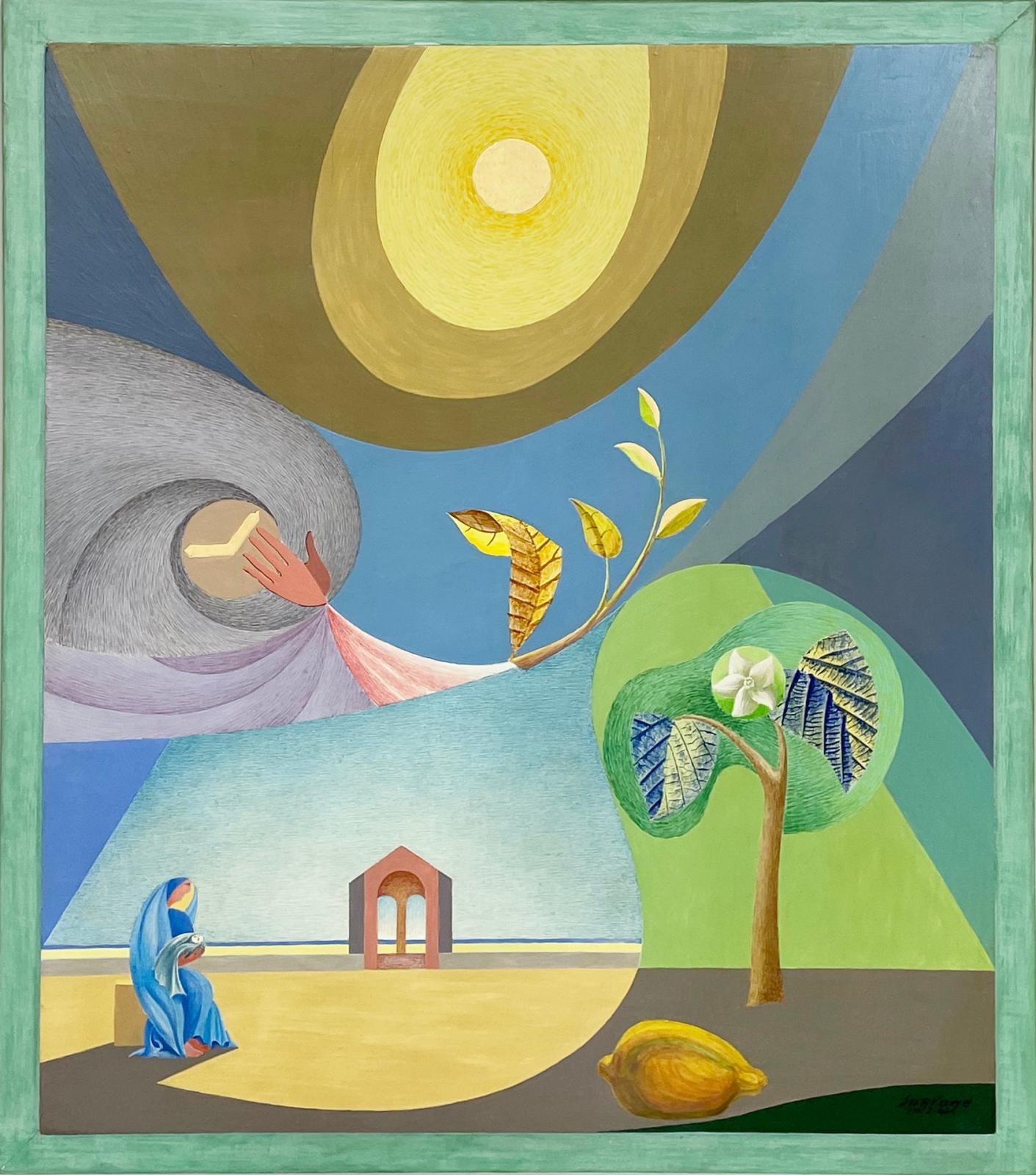artist
In 1879 Leopold Survage was born in Moscow where he studied at the Moscow School of Painting, Sculpture, and Architecture. There he met the sculptor Alexander Archipenko, the avant-garde Russian painter Mikhail FyodorovichLarionov, and the abstract artist Kazimir Malevich from Kiev. Survage was shown the works of Manet, Gauguin and Matisse by a rich merchant, a serendipitous introduction to modern art which convinced Survage to move to Paris in 1908. Upon his arrival in Paris Survage was fortunate to have the opportunity to study with Matisse at his academy on the Boulevard des Invalides. His old friend Archipenko introduced him to all the important art circles in Paris. Survage began to exhibit with the Cubists at the Salon des Indépendants in 1911. He also exhibited at the Salon d'Autumne in 1912 and throughout his career. In 1912-1913 Survage created a style of painting called "Rhythme Colore" that presaged the abstract expressionist movement that was born 40 years later. These pictures contained musical references in much the same way as the paintings by the abstract Russian artist Wassily Kandinsky. Many of these large music-keyed paintings by Survage are in the permanent collection of the Museum of Modern Art in New York. In 1919 Survage was one of the original founders of the Section d'Or (Golden Section in French) along with Albert Gleizes, Georges Braque, Louis Marcoussisi, and Serge Ferat. This organization known also as Groupe de Puteaux or Puteaux Group comprised a group of painters and critics who were associated with an offshoot of Cubism called Orphism in existence from 1912 to 1914.















